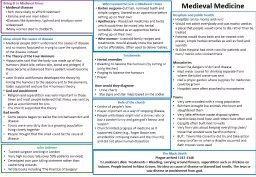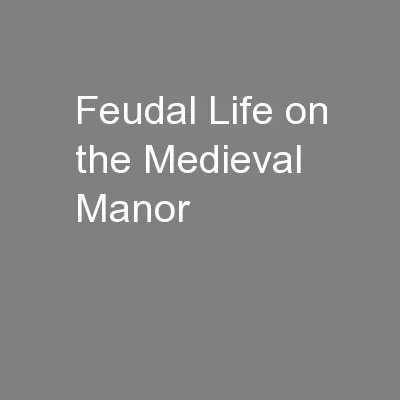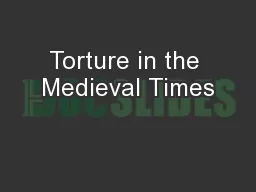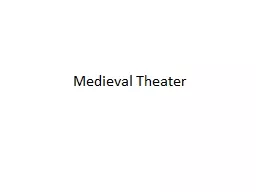PPT-Being ill in Medieval Times
Author : BunnyBoo | Published Date : 2022-08-03
Medieval diseases Rich more likely to afford treatment Famine and war main killers Diseases like dysentery typhoid and smallpox were widespread Many women died
Presentation Embed Code
Download Presentation
Download Presentation The PPT/PDF document "Being ill in Medieval Times" is the property of its rightful owner. Permission is granted to download and print the materials on this website for personal, non-commercial use only, and to display it on your personal computer provided you do not modify the materials and that you retain all copyright notices contained in the materials. By downloading content from our website, you accept the terms of this agreement.
Being ill in Medieval Times: Transcript
Download Rules Of Document
"Being ill in Medieval Times"The content belongs to its owner. You may download and print it for personal use, without modification, and keep all copyright notices. By downloading, you agree to these terms.
Related Documents














